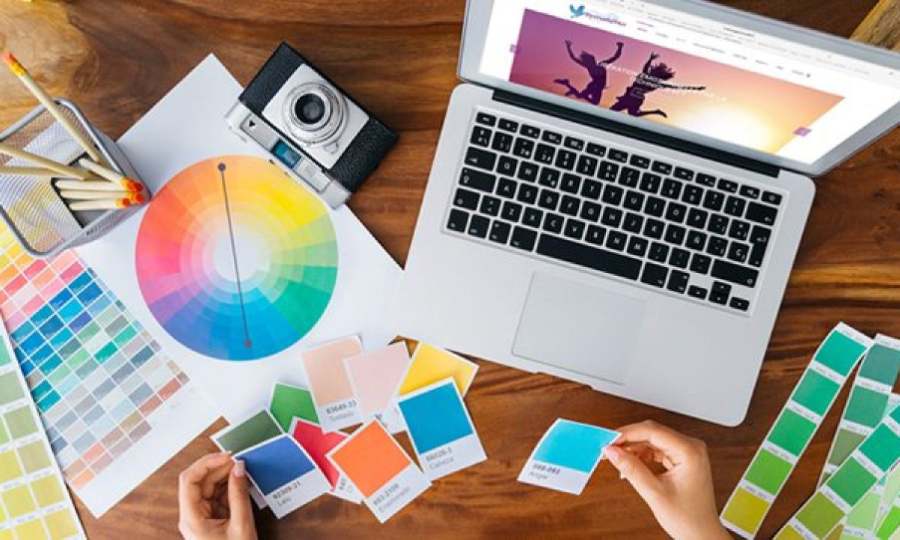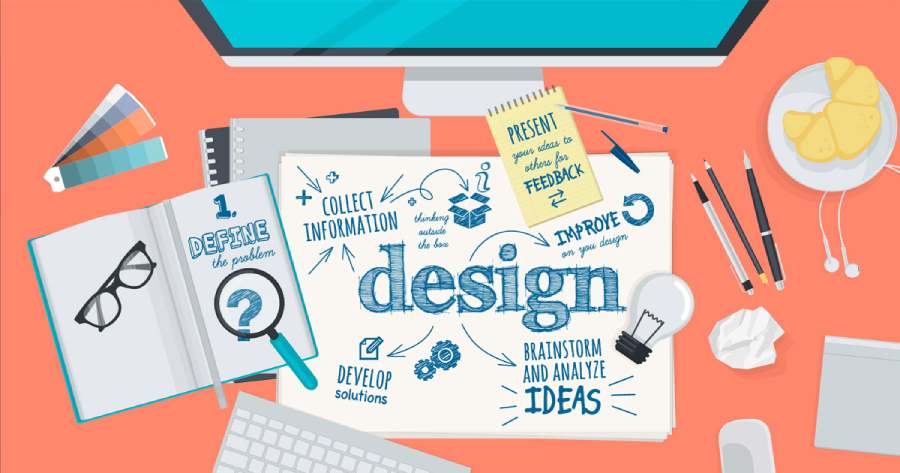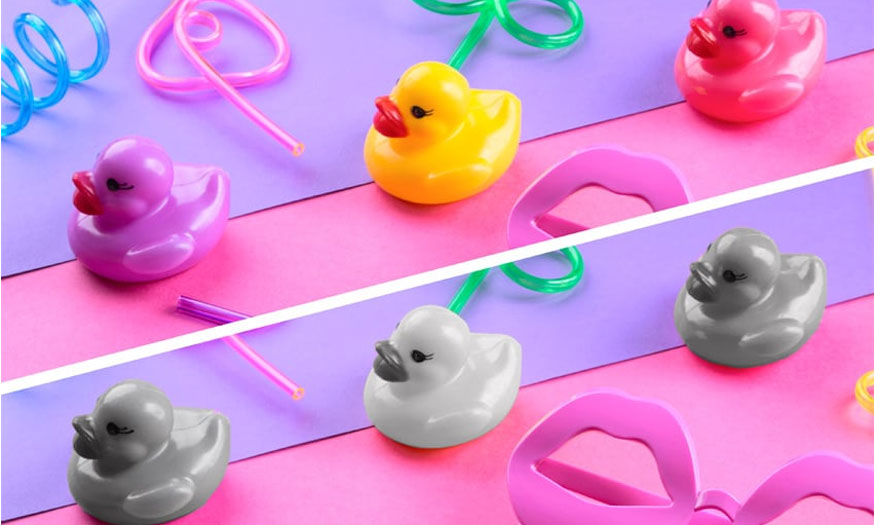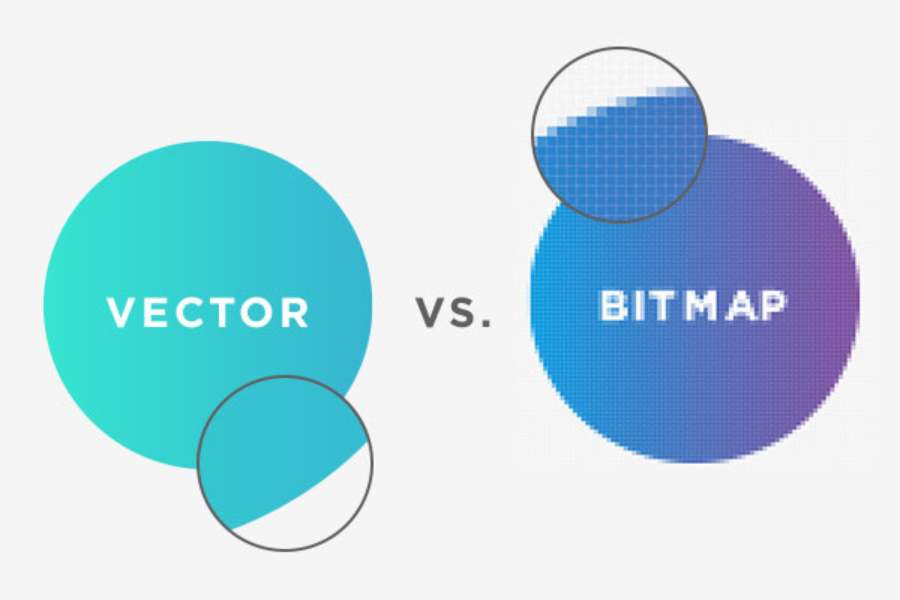Best Selling Products
Diverse Design Trends: The Key to Conquering Gen Z
Nội dung
- 1. Design trends specifically for Gen Z
- 1.1. Diversity: The Voice of Gen Z
- 1.2. Break the mold: Be creative to stand out
- 1.3. Personalization: An indispensable element
- 1.4. Technology as the foundation for creativity
- 1.5. Emotional Connection: The Decisive Factor
- 2. Colorful and interactive design trends: Appealing to Gen Z
- 2.1. Bold Colors – The Key to Attracting Attention
- 2.2. Dynamic Interactivity – How to Create Unique Experiences
- 2.3. Personalization through color and interaction
- 2.4. Expressiveness and meaning in design
- 2.5. Technology as the foundation for innovation
- Conclude
Gen Z has a unique aesthetic taste, high demands for personalization and always craves new experiences. Therefore, diverse and innovative design trends have become the key to conquering this dynamic generation.

Gen Z – the generation born in the digital age, is not only a large consumer group but also a driving force for strong changes in the creative field. As individuals who grew up with technology, Gen Z has a unique aesthetic taste, high demands for personalization and always craves new experiences. Therefore, diverse and innovative design trends have become the key to conquering this dynamic generation.
1. Design trends specifically for Gen Z
1.1. Diversity: The Voice of Gen Z
Gen Z is a generation that is deeply aware of diversity and inclusion. They do not accept monotonous or limited designs. Instead, they love products that celebrate diversity in culture, gender, lifestyle, and style.
For example, big brands like Nike and Fenty have made a strong mark with designs that embrace differences. From rich color palettes to cleverly integrated cultural icons, it all helps Gen Z feel connected and represented.

1.2. Break the mold: Be creative to stand out
While Millennials are drawn to safe and consistent trends, Gen Z demands more. They want to see boldness and creativity that goes beyond the norm. Unconventional designs are not just about form, but also about how they convey a message.
Maximalism design style, with its combination of colorful and contrasting elements, has become popular to meet the need to express Gen Z's strong personality. In addition, motion graphics or interactive design elements are also popular because they create a lively and interesting feeling.
1.3. Personalization: An indispensable element
Gen Z wants everything to reflect their individuality, so designs that allow users to customize, such as app interfaces, phone wallpapers, or even physical products, are always popular.
Spotify Wrapped is a great example, where users are able to look back on their personal musical journey through a colorful and creative graphic design. It’s not just a design, it’s a way for the brand to create a deep connection with Gen Z.
1.4. Technology as the foundation for creativity
Gen Z is not only a consumer, but also a co-creator. They use tools like Canva, Figma, and even Generative AI platforms to design themselves. Therefore, design products aimed at Gen Z need to be accessible, flexible, and highly integrated with technology.
Furthermore, elements such as augmented reality (AR), virtual reality (VR), or metaverse design are also gradually becoming prominent trends, as Gen Z is the pioneering generation exploring new digital spaces.

1.5. Emotional Connection: The Decisive Factor
Beautiful design is not enough to win over Gen Z. They seek products that connect emotionally, provide meaning, and reflect their values. Design campaigns that are tied to social, environmental, or educational messages often receive enthusiastic attention and support from Gen Z.
2. Colorful and interactive design trends: Appealing to Gen Z
Gen Z – the generation born in the digital age – is known for its technological acumen, bold aesthetic taste and love of unique experiences. Unlike previous generations, Gen Z craves designs that are not only beautiful but also highly interactive, express strong personalities and create emotional connections. In that context, the trend of colorful and dynamic interactive design has become the ideal “language” to conquer this young generation.
2.1. Bold Colors – The Key to Attracting Attention
Gen Z loves bold, bright color palettes that reflect optimism, youthfulness, and limitless creativity.
- Gradient color palette: Smooth combinations of color shades, such as orange-pink, blue-purple, create a modern and attractive feel.
- Neon and pastel colors: Two contrasting color styles but both favored by Gen Z. Neon brings a dynamic and strong feeling, while pastel creates a gentle but no less personal feeling.
- Color Morphing Effect: Dynamically changing between color tones in real time increases appeal and holds user attention .
For example, platforms like Spotify and Instagram often use this artistic color palette to attract and retain Gen Z users.
2.2. Dynamic Interactivity – How to Create Unique Experiences
For Gen Z, design is not just about static images, but also about delivering dynamic experiences. Dynamic interactivity creates a sense of life, making users feel like they are part of the design story.

2.2.1. Micro-interactions
Small effects like buttons that change color when pressed, images that move slightly when hovered, or smooth scrolling gestures create a smooth and professional feel. These details are small but important accents to increase engagement.
2.2.2. 3D design and motion effects (Motion Graphics)
Gen Z is particularly fond of 3D design elements, from floating icons to animated shapes that come to life. When combined with smooth motion effects, they create immersive experiences. Apps or websites that use motion graphics, like Apple or TikTok, have proven the appeal of this style.
2.2.3. Gamification
Incorporating gaming elements into your design is also a great way to engage Gen Z. A website with challenges, reward badges, or immersive experiences will not only impress but also create lasting engagement.
2.3. Personalization through color and interaction
Gen Z wants everything to reflect their personality, so designs that allow for customization of color, shape, or interaction are a big plus.
For example:
Photo editing apps like Canva allow users to choose from thousands of color schemes and effects to get creative.
Platforms like Snapchat and Instagram add a variety of AR filters and effects to allow users to freely express their personality through each photo.
2.4. Expressiveness and meaning in design
One of the reasons why the colorful and interactive design trend appeals to Gen Z is its ability to convey emotions and messages. This generation seeks products that are not only beautiful but also meaningful, reflecting their own or society’s values.
For example, Spotify Wrapped or Nike's design campaigns not only use vibrant color palettes and dynamic elements, but also carry personalized messages that connect users with the brand.

2.5. Technology as the foundation for innovation
The development of technologies such as augmented reality (AR), virtual reality (VR), and artificial intelligence (AI) has opened up limitless creative space for designers. Gen Z – the generation closely attached to technology – always welcomes unique digital experiences:
- AR Filters on Instagram and Snapchat help them express their own style.
- VR Spaces offers immersive experiences in colorful virtual worlds.
Conclude
Diversity and unconventional design is not only a trend but also an inevitable requirement to meet the needs of Gen Z - a generation that always craves novelty and personalization. Success in conquering Gen Z comes not only from aesthetics but also from the ability to tell stories and create deep connections. In the ever-changing creative world, designers need to be open, flexible and willing to experiment to create products that both reflect the personality of Gen Z and shape future trends.












































